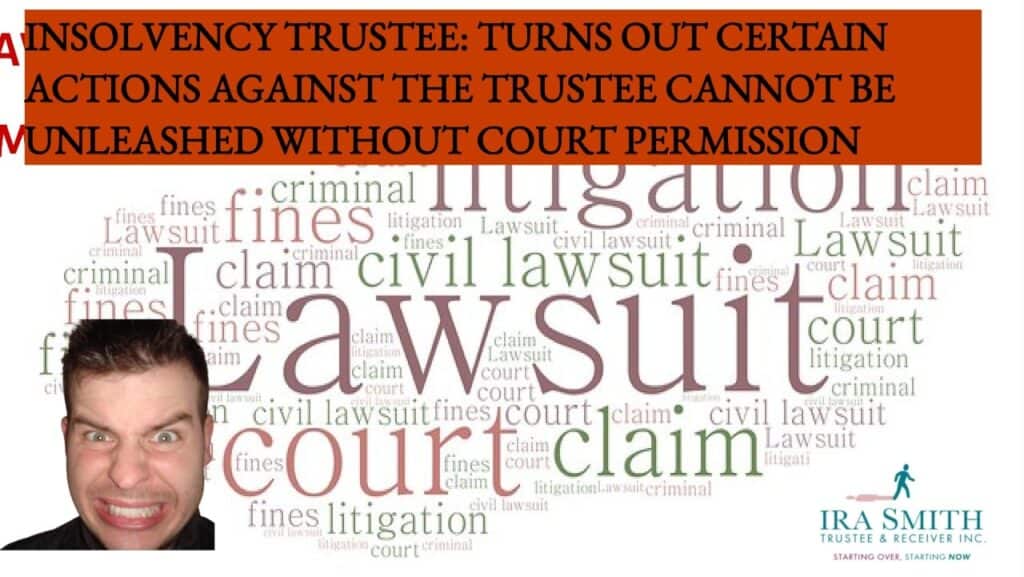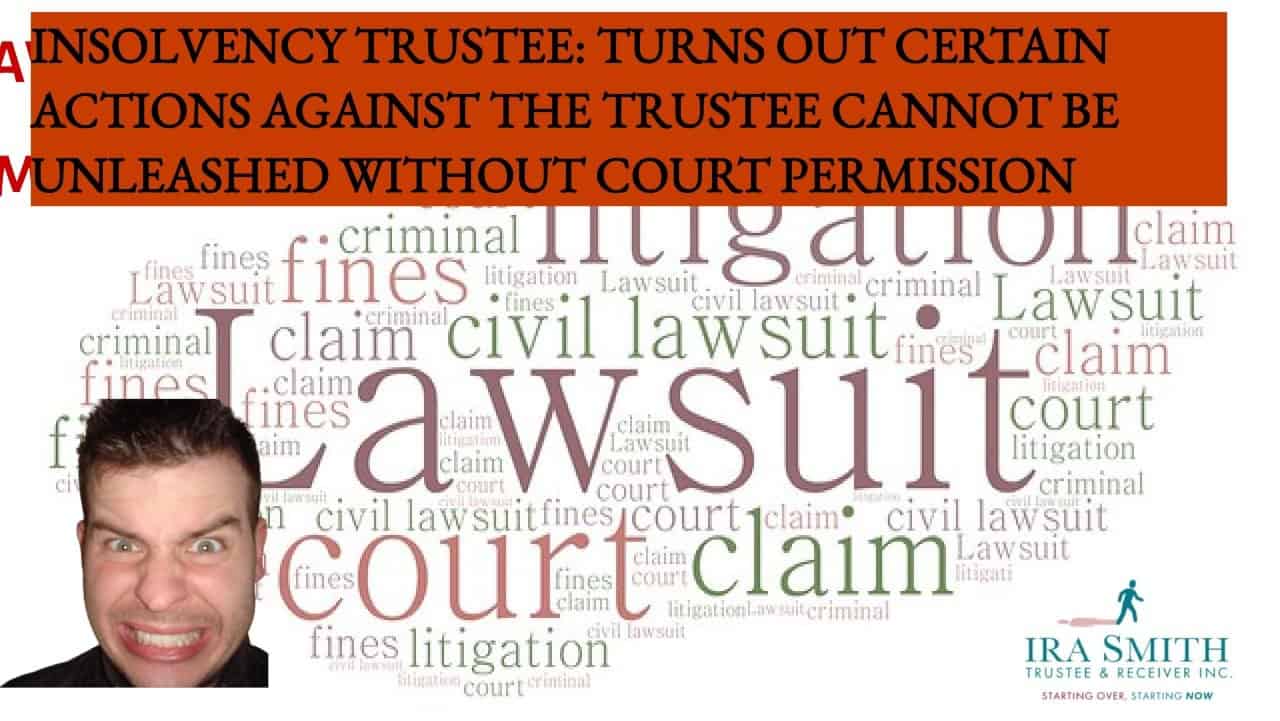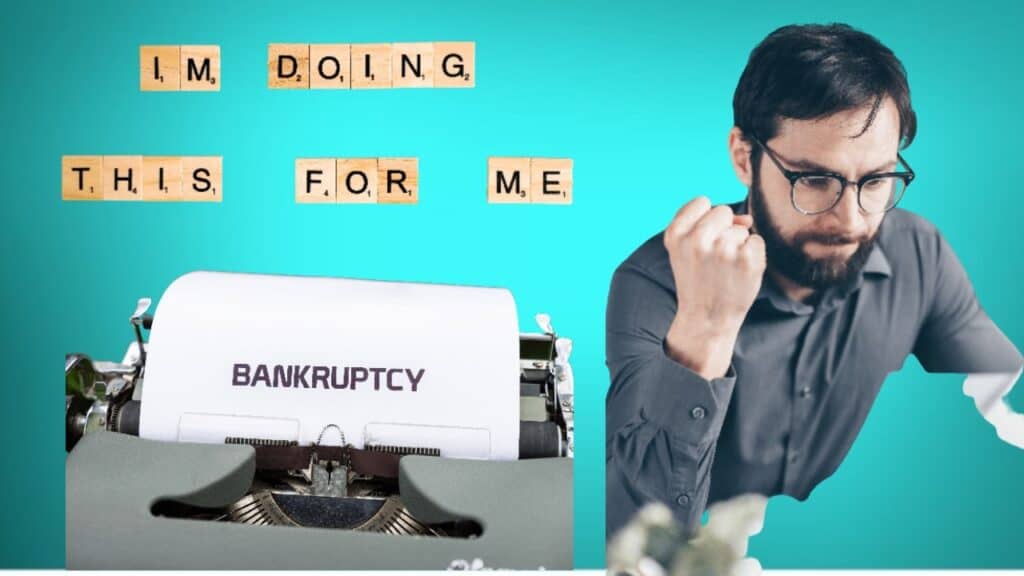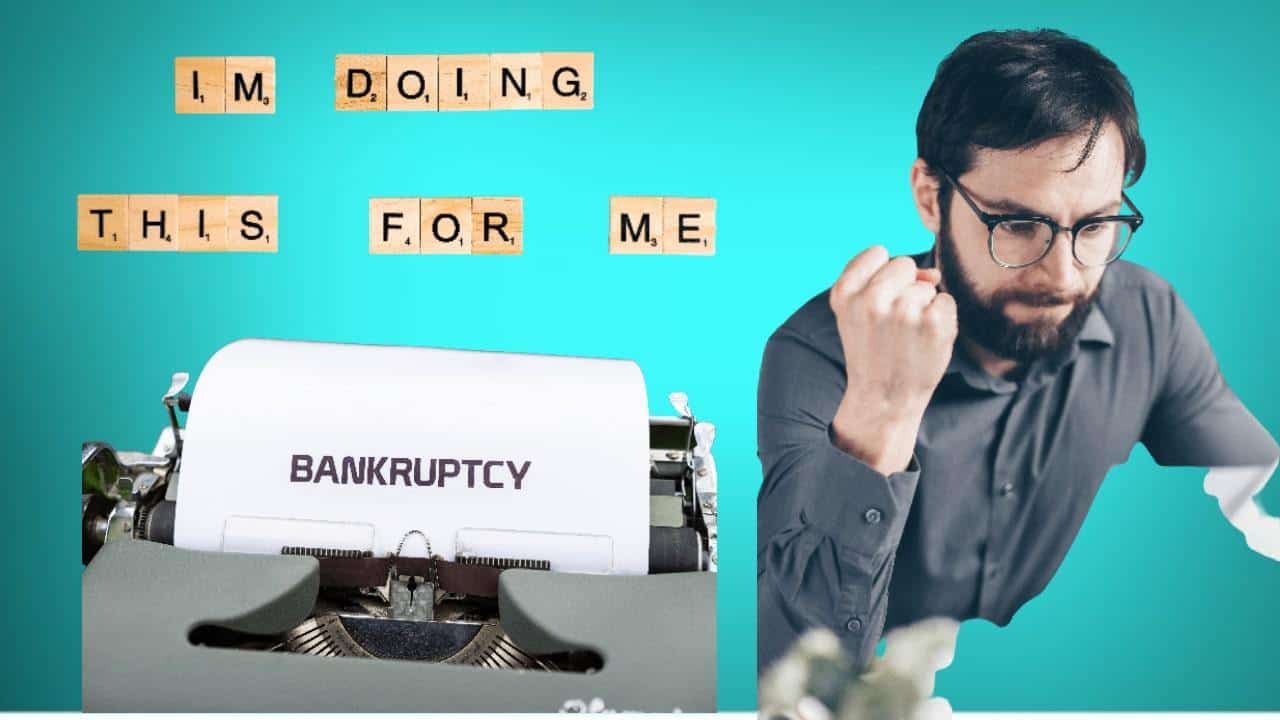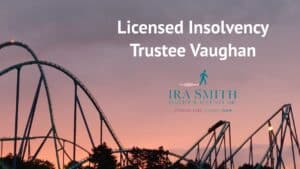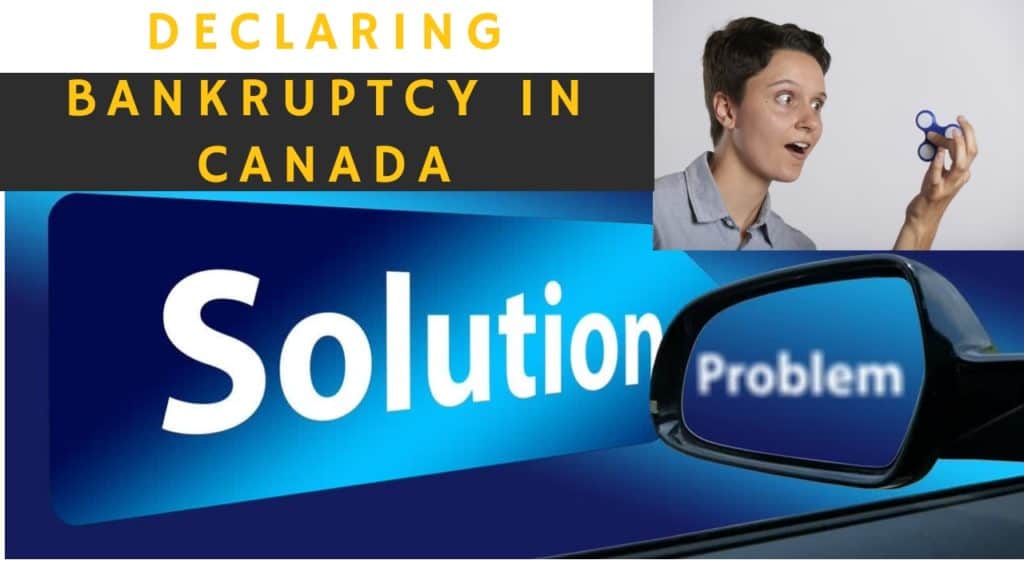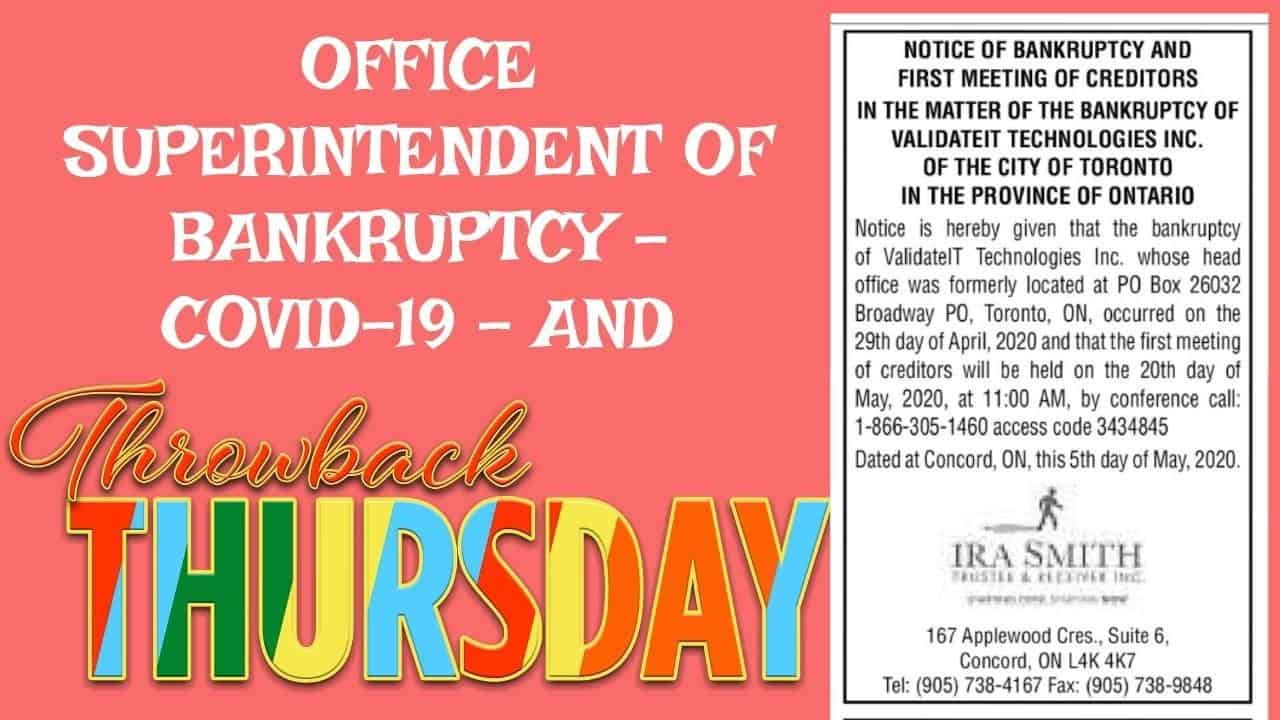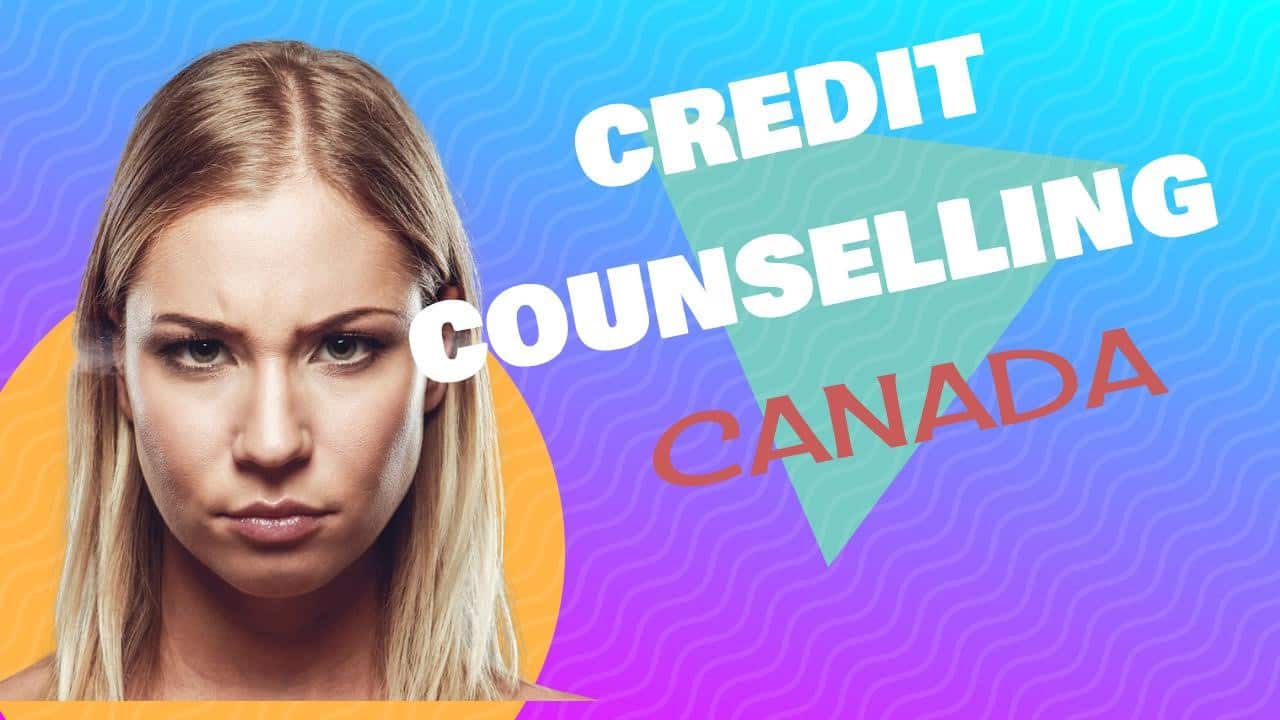<h2>
You can easily find a licensed insolvency trustee near me or you
There are Licensed Insolvency Trustees (LITs) (formerly called a bankruptcy trustee or trustees in bankruptcy) all over Canada who can help you with your debt problems. They’re the only debt professionals and debt advisors regulated by the federal government and are experienced in helping individuals and businesses figure out the best way to deal with their financial difficulties. There are about 1,066 individual Trustees and 218 different Insolvency Trustee Firms/bankruptcy companies in Canada, making it easy to find a licensed insolvency trustee near me or you.
The primary concern is finding a Trustee that you feel comfortable working with to discuss your debt issues and that is an ideal match for you or your business. You also need to find one that is willing to carry out its required functions. This is the same whether it is businesses with debt problems or it is people in debt.
Today’s Brandon’s Blog is about a recent decision from the Court of Appeal for Ontario which confirms that there are certain tasks in the administration of bankruptcy, be it a personal bankruptcy or corporate bankruptcy, or one of the alternatives to bankruptcy under the BIA, a Division I proposal or consumer proposal, that the licensed insolvency trustee cannot opt-out of.
The court’s decision confirms that a Trustee has certain duties under the Bankruptcy and Insolvency Act (Canada) (BIA) which are not optional, regardless of any difficulty that may be involved or the wishes of the party funding the Trustee. The case is Conforti Holdings Limited (Re), 2022 ONCA 651 (CanLII) which is the appeal by the licensed insolvency trustee of the lower court finding. I will describe it in a minute.
Licensed insolvency trustee near me: LITs are federally regulated to ensure consistent standards and supervision throughout Canada
If you’re struggling with debt, a Licensed Insolvency Trustee can help. These federally regulated professionals provide advice and services to individuals and businesses and can help you make informed choices about dealing with your financial difficulties. With their help, you can get back on track and start moving forward.
The only individuals who are authorized to administer Canadian government-regulated insolvency services that would allow you to be discharged from your debt are Licensed Insolvency Trustees. If you are in significant financial difficulty, speaking to a Licensed Insolvency Trustee near me or you to get debt management advice is the right thing to do to learn of the debt restructuring options available to come up with the right debt solution for your specific situation.
If you are not happy with the actions or decisions of a Licensed Trustee that you are unable to resolve, you can file a complaint with the federal regulator. LITs are mandated to follow all federal statutes, rules and guidelines, and your allegations will be given the appropriate consideration.

Licensed Insolvency Trustee near me: We’ll speak with your creditors for you
After you file for a consumer proposal, Division I proposal, corporate bankruptcy, or personal bankruptcy, the Trustee will manage your affairs with your creditors. This includes sending out a notice with additional documents required by the BIA to all creditors listed on your sworn statement of affairs.
If creditors have questions, they should be speaking with the Trustee, not you. Also, unsecured creditors cannot continue or initiate any collection action or legal proceeding against the debtor who has filed either for financial restructuring or bankruptcy. The collection calls stop in either the consumer proposal process or the bankruptcy process.
Remember, only Licensed Insolvency Trustees are authorized to conduct government-regulated insolvency proceedings – qualified professionals who understand the complexities and nuances of this process. This ensures that your insolvency proceeding is handled correctly, efficiently and with the utmost care.
Locate a Licensed Insolvency Trustee near me who is currently active
So how would I choose a Licensed Insolvency Trustee near me for my problem financial situation and find debt relief solutions? There are 3 main ways that I recommend to anyone who asks me:
- Ask a professional that you trust and feel that you can confide in for a referral. Your lawyer, insurance agent, banker or a non-profit credit counselling agency are but a few examples.
- If you’re thinking about personal bankruptcy or bankruptcy for your business, it is very important to pick a Trustee you really feel comfortable with. A fast Google or Bing search for “Licensed Insolvency Trustee near me” to check out various internet sites can help you get a feel for various Trustees’ tones. If one resonates with you, make a no-cost confidential consultation to discuss your circumstance.
- The Office of the Superintendent of Bankruptcy (OSB) has a database that is complimentary to search to find every Trustee in Canada. Do that search and choose a few. I still suggest looking at their internet site and getting a free appointment before making any kind of decision on the various debt relief options.

licensed insolvency trustee near me
How does a Licensed Insolvency Trustee near me get paid?
The Trustee’s fee and disbursements in a financial restructuring are normally paid out of the funds that the person or company makes available when compromising the debt of the unsecured creditors. In other words, it is the creditors who are actually paying the Trustee.
In a receivership or bankruptcy, the Trustee is paid from the proceeds of the sale of assets. If there are insufficient assets to cover the Trustee’s fees, the Trustee may seek a guarantee from a third party who is willing and able to pay, either by putting up a cash retainer, through monthly payments or both.
The guiding philosophy is that the Trustee has done its job and done so properly. This leads us to today’s discussion of the case.
Licensed insolvency trustee near me: What does a Trustee do?
A Trustee is responsible for administering the insolvency estate. This includes tasks such as collecting and selling assets, vetting and adjudicating creditor claims and distributing funds to the creditors. This is a perfect introduction to the recent Court of Appeal for Ontario decision in Conforti Holdings Limited (Re), 2022 ONCA 651 (CanLII).
Conforti Holdings Limited (CHL) as well as the Trustee in the Division I Proposal (Proposal Trustee) appealed the dismissal of the Proposal Trustee’s application for an order advising as well as directing the Proposal Trustee to not carry out the adjudication of the Moroccanoil, Inc. (Moroccanoil) proof of claim or the cross-claim by CHL versus Moroccanoil, as called for by s. 135 of the BIA. They also seek the lifting of the stay of proceedings to allow the parties to continue litigating in New Jersey.
CHL had been operating a chain of 52 hair salons for many years and had been embroiled in litigation with Moroccanoil in New Jersey for over seven years, over differences related to the supply of hair products. When told that CHL had filed a notice of intention to make a proposal pursuant to the BIA on September 28, 2020, the New Jersey court stayed proceedings there, at Moroccanoil’s request, and over CHL’s objections. The New Jersey proceedings have been case managed and the presiding judge said that the case could proceed to trial if the stay were lifted by the Canadian bankruptcy court.
Moroccanoil filed a proof of claim for $2,807,478.12 in CHL’s proposal proceedings. The Proposal Trustee filed a motion to be relieved of its obligations to determine whether the claim was provable or to value it.
This is a very basic cornerstone duty of all Licensed Insolvency Trustees. I am surprised that the Trustee and the company would prefer to continue with costly litigation in the United States, rather than reach an agreement on what value the claim should be allowed for.
By the very nature of the financial restructuring proceedings, CHL would not be paying the claim in full. Perhaps they were worried that Moroccanoil would vote against the Proposal and could carry the vote. In that case, CHL would become automatically bankrupt. However, as part of CHL agreeing to an amount of claim to allow, they could extract from Moroccanoil the quid pro quo that Moroccanoil would vote in favour of the Proposal.

Licensed insolvency trustee near me: What the lower court said
The motion was denied for two reasons:
- It was a requirement under s. 135(1.1) of the BIA for the Trustee to determine the claim, and there was no jurisdiction to exempt the Trustee from carrying out this basic duty.
- The judge ruled that even if the court had the authority to make the requested order, the order was not warranted as it was not one of the clear cases that justifies the court departing from the usual process for valuation of claims under the BIA. He was not convinced that permitting the New Jersey proceedings to continue would be more efficient than adjudicating the Moroccanoil claim in the proceedings under the BIA.
Licensed insolvency trustee near me: Leave to appeal to the Court of Appeal for Ontario
The Trustee and CHL asked to appeal the lower court decision, but the Court of Appeal for Ontario said no. The appellate court said that there wasn’t obvious merit to the appeal.
The motion judge decided that it wouldn’t be right to have proceedings involving CHL and Moroccanoil go ahead in two different jurisdictions. The Court of Appeal for Ontario said that this decision could not be appealed. The proposed appeal is from the order made, not the reasons.
This doesn’t surprise me. There are two basic truths for any court-appointed officer:
- The court officer will not be excused from performing the most basic duties.
- Don’t ask the court to retrospectively approve a mistake you may have made. You just need to work through it.

licensed insolvency trustee near me
Licensed insolvency trustee near me: Are you sick of being in debt?
If you’re seeking to leave financial debt behind and live a much better life, we can assist. We know exactly how it really feels to be in debt as well as feel like you’re never going to get ahead. We have actually helped lots of people and businesses that were in your position reach financial stability, so we understand it’s feasible for you to prosper in your objective of ending up being debt-free. Nevertheless, it will certainly require some work on your part. We’ll be right here to assist you with every action necessary.
The financial restructuring process is complex. The Ira Smith Team understands how to do a complex restructuring. However, more importantly, we understand the needs of the entrepreneur or the person who has too many personal unsecured debts, Credit card debt, income tax debt liability, unsecured loans or personal obligations from the running of your company or from being a business owner. These are all types of debt we can help you eliminate. We know that you are worried because you are facing significant financial challenges. Filing bankruptcy is the last option we explore only after we have exhausted all other options to avoid bankruptcy, such as financial restructuring through a debt repayment plan.
It is not your fault that you are in this situation. You have been only shown the old ways that do not work anymore. The Ira Smith Team uses new modern ways to give you the best management advice to get you out of your debt troubles while avoiding bankruptcy. We can get you debt relief freedom.
The stress placed upon you is huge. We understand your pain points. We look at your entire situation and devise a strategy that is as unique as you and your problems; financial and emotional. We know that we can help you the way we take the load off of your shoulders and devise a debt settlement plan.
We realize that people and businesses in financial difficulty need practical advice and a workable solution in an easy-to-understand financial plan. The Ira Smith Team knows that not everyone has to file for bankruptcy in Canada. Most of our clients never do, as we are familiar with alternatives to bankruptcy. We assist many people in finding the relief they need.
Call or email us. We would be happy to give you a no-cost initial consultation. We can find you the perfect solution to tailor a new debt restructuring procedure specifically for you, based on your unique economic situation and needs. We provide a full range of services to people and companies. If any of this sounds familiar to you and you’re serious about finding a solution, let us know. We will get you back to living a happy life, whether or not there is an economic recession in Canada.
Call us now for a no-cost initial consultation. We are licensed professionals.



